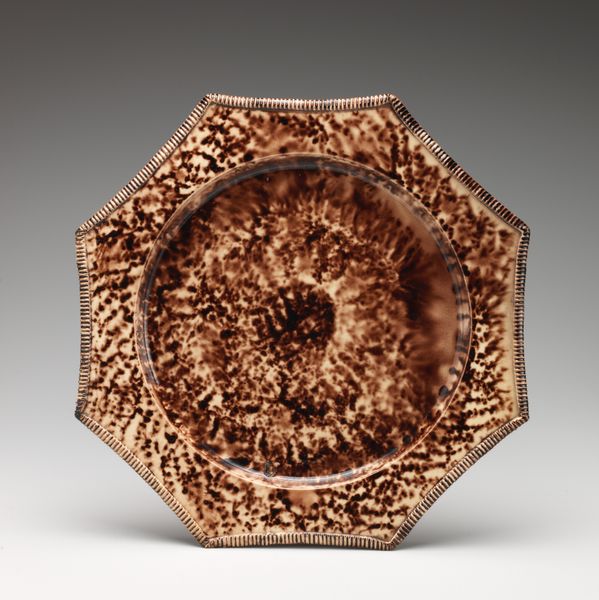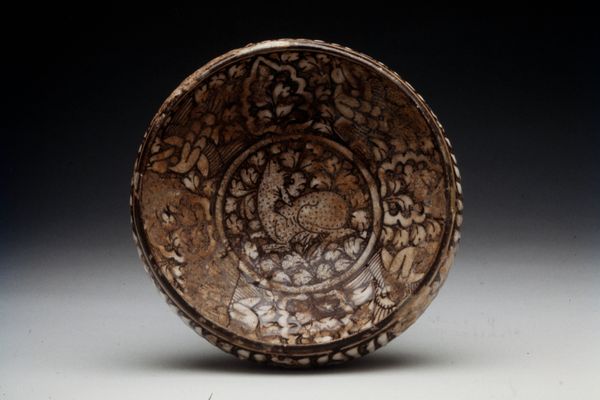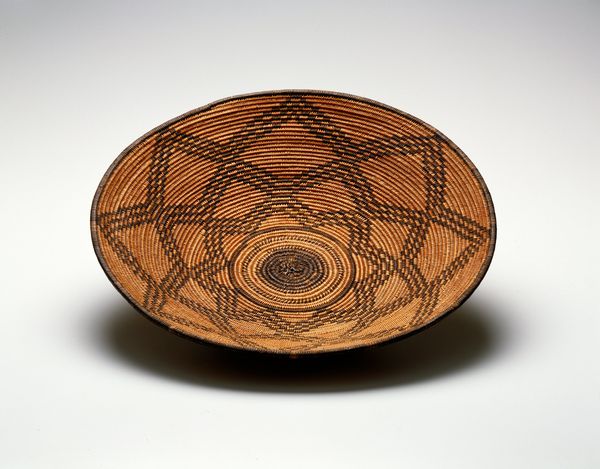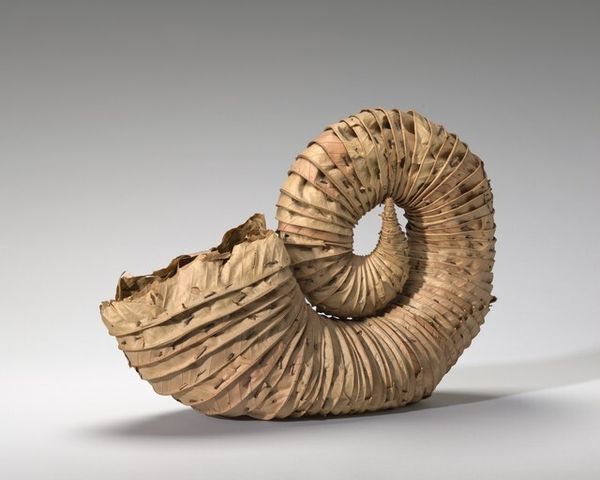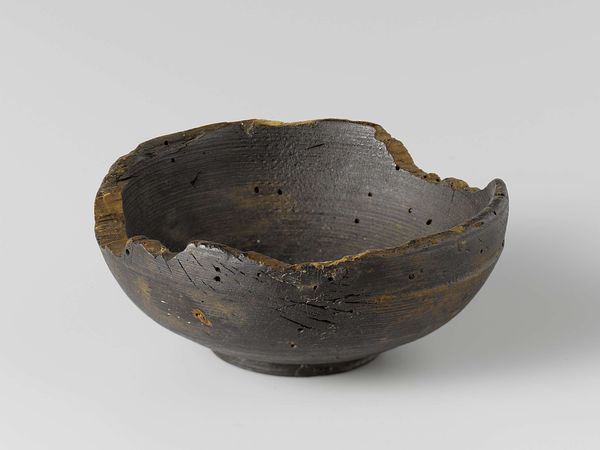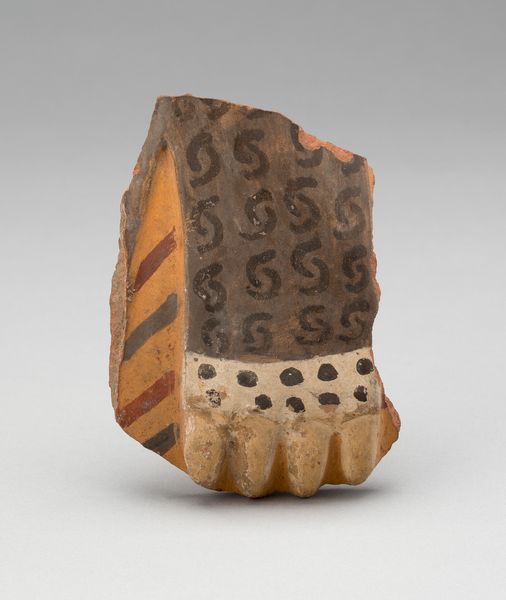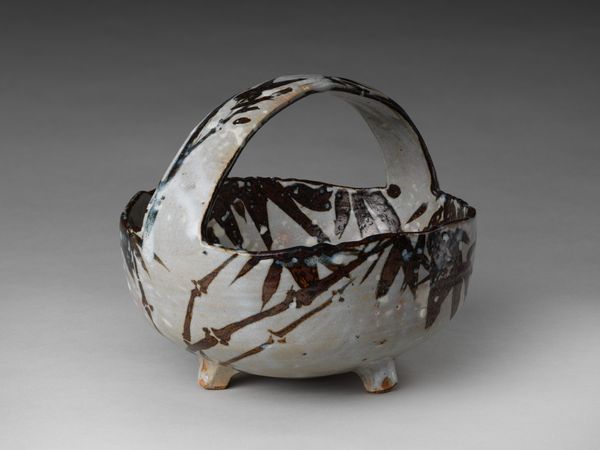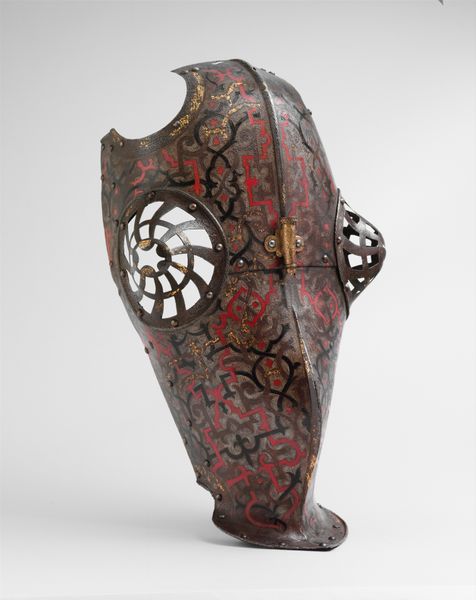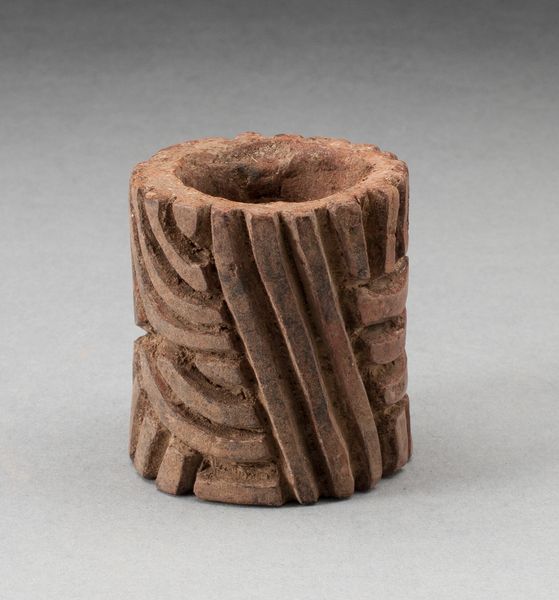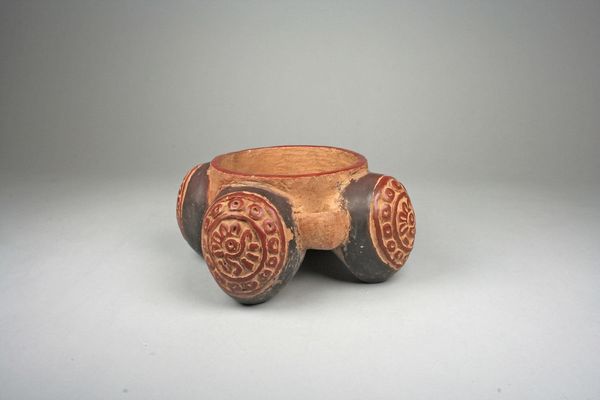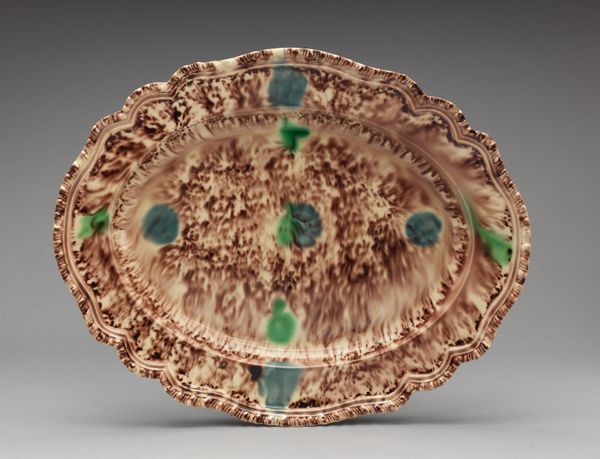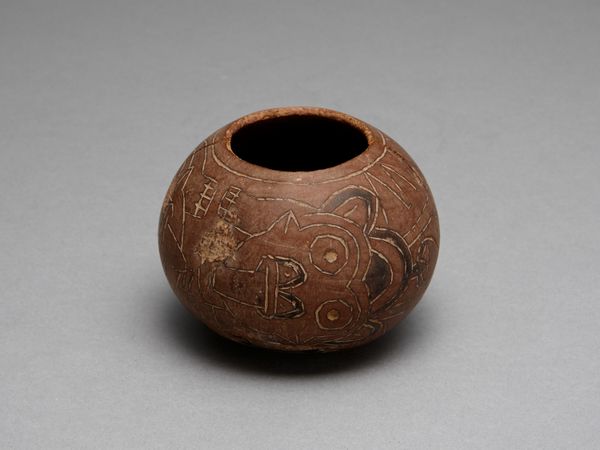
carving, wood
#
folk-art
#
carving
#
folk-art
#
wood
#
decorative-art
Dimensions: 30.5 × 20.3 cm (12 × 8 in.)
Copyright: Public Domain
Editor: This is a “Picture Frame,” made sometime in the 1800s, currently housed here at the Art Institute of Chicago. It's made of wood, with intricate floral carvings, and it’s got such a handmade, almost rustic feel. What's your read on this piece? Curator: It speaks volumes about the social and cultural history of art production and consumption in that period. Such frames weren’t just decorative; they played a significant role in how people presented and perceived images, often family portraits or keepsakes. Do you see how the craftsmanship embodies a certain value system? Editor: I can definitely see the handiwork! Like someone really cared when they were making this! It doesn’t have that sleek machine-made perfection. Curator: Exactly. Before mass production, the creation of objects like this picture frame involved skills passed down through communities. Think about the institutional frameworks – workshops, apprenticeships, even local economies – that sustained this type of art. What statement does the choice of organic motifs say to you, given this cultural context? Editor: Maybe the artist wanted to connect with nature and simplicity, something easily overlooked now? Curator: Precisely. It contrasts with the industrializing world, suggesting values tied to the land, to family, to simpler times. Consider, too, who might have owned this. Was it for the wealthy to show their appreciation of simpler things or was this a piece produced by, and for, a community itself? That context would significantly change how we understand its meaning. Editor: It’s interesting to think about where art objects sit within the culture and history that makes them. Looking at it through that kind of socio-political lens adds a new layer of richness! Curator: Indeed. It highlights how art objects become vehicles for expressing and negotiating broader societal values. Editor: This makes me think differently about how everyday objects tell us stories of the past! Thanks for showing me new ways of interpreting decorative arts.
Comments
No comments
Be the first to comment and join the conversation on the ultimate creative platform.

